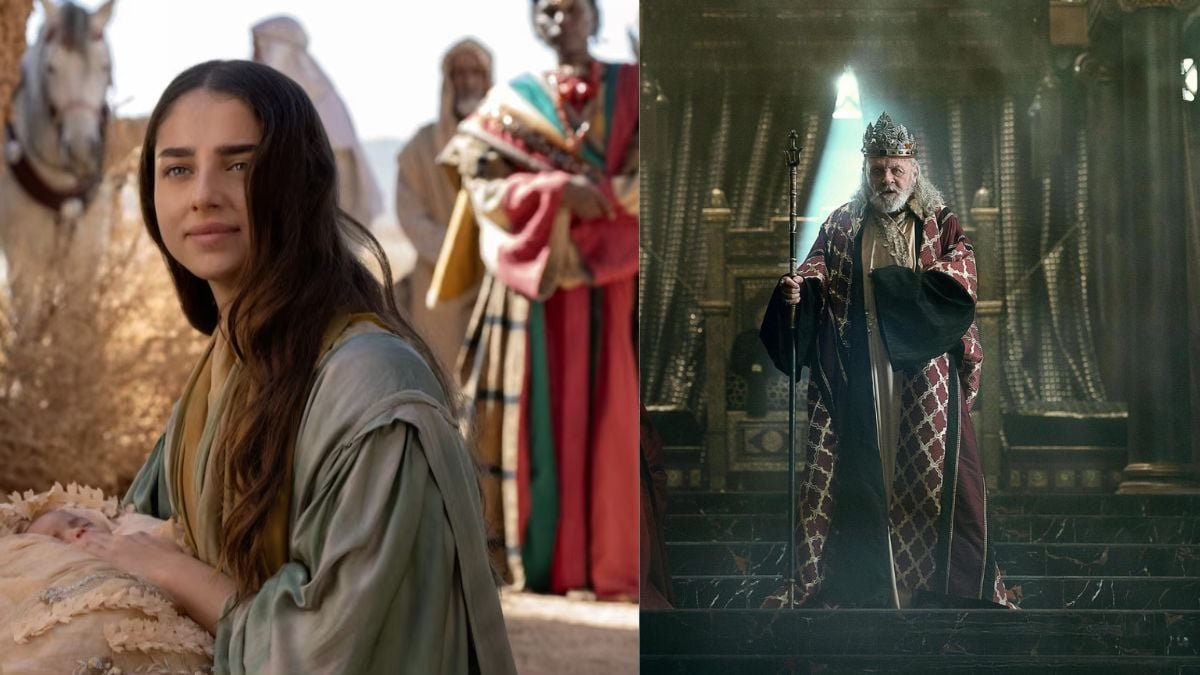What was served as a satisfying desert that satuated his hunger, became part of his significance. Let us delve into some of the centuries-old sculptures of the ‘modakpriya’ Ganesha that depict his eternal love for Modak!1300 Years Old Ganesha Idol from 7th Century A.D found in Ellora Caves, Maharashtra, holding a bowl full of Modak in one hand.Ganesha idol from Hindu Shahi era 840-1020 CE, found in Gandhara, currently Afghanistan.4th century CE, Gupta Era, red sandstone sculpture of Lord Kartikeya attempting to steal laddoos from Shree Ganesha.Eighth-century Khmer Sandstone Shrine of Ganesha, Pre-Angkor, Cambodia.
He is depicted in relief and is wearing a short dhoti in the style of Cambodia, which is fastened around the contour of his belly with a jewelled sash. With a kind grin, he bends over to pick up the candies he is holding in his left hand.This 13th-century sculpture, originating from a Hindu temple complex located in Singosari, East Java, Indonesia, is of Lord Ganesha, who is seated on a throne of skulls.
Currently on display at Leiden, Netherlands’ Museum Volkenkunde.5th century A.D., Gupta Dynasty, Ganesha Holding Modak, on display at the National Museum of DelhiSitting on two lions is the four-armed Ganesha from 9th–10th century (present-day Pakistan, Northwest Frontier Province, Swat Valley)
This bronze sculpture features an inlay of silver and is carved in the traditional Western Himalayan style, encompassing West Tibet, Gilgit & Baltistan, Kashmir, and the Swat Valley.This idol, Dancing Ganesha, is from 11th century found in Central India, Madhya Pradesh, Khajuraho, is made out of Sandstone. The sculpture depicts a lotus blossom, a bowl of modaks, and a drum are held by the six-armed figure of Bhagwan Ganesha in this sculpture. The rat, which symbolises abundance and full granaries, is Ganesha’s mount.




